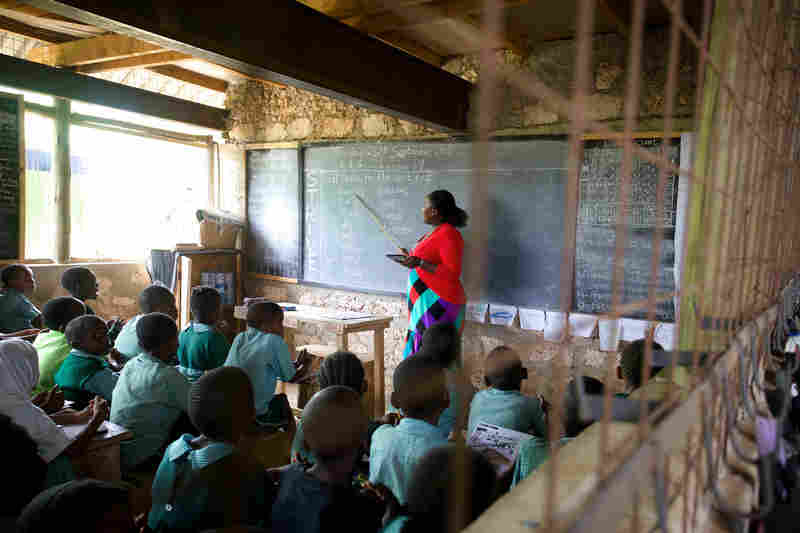The government is to reduce the teacher-to-pupil ratio at secondary schools from the current 1:60 to 1:35, which will require recruitment of an additional 11, 000 if the revised curriculum is to be implemented in 2018 as planned.

Mr Mathias Mulumba, curriculum specialist at the National Curriculum Development Centre, told Daily Monitor that a teacher should handle 35 students for teaching and learning to be effective.
“This new reform requires a new arrangement for teaching and learning. It will involve the size of the classroom [and] population — at best we need 35 students per classroom per teacher,” he said.
This way, he said, every learner in a smaller class, slow or fast, will get personal and better attention from a teacher.
“This will enable the teacher to recognise and support the learning process for each individual learner. If numbers are bigger than that, some learners will not be taken care of,” Mr Mulumba said, adding: “Some teachers are worried that if we start the new curriculum, they will lose their jobs. This is not true. We will need many more teachers and classrooms to be effectives.”
Education ministry statistics show there were 1.2 million students enrolled at secondary schools by June 2016, and with about 160, 000 teachers on payroll, this means that the government will have to employ an additional 11,000 teachers to implement the new curriculum by 2018.
Mr Benson Baritazare Kule, commissioner secondary education, said although the class size for institutions implementing universal secondary education is supposed to be 60 students, many schools have more than 100 students in a class.
“I can’t tell the [number of] teachers we need now, but we have gaps. We have been recruiting on replacement basis because of the staff ceiling. But this new curriculum will have its demands and government will look at recruiting more teachers when time comes,” Mr Kule told this newspaper in an interview.
Dr Rose Nassali Lukwago, ministry’s permanent secretary, said by 2015, there were 387 sub-counties without a government secondary school.
“There is low staff establishment at all education levels, especially for science, mathematics, English language, computer science and laboratory technicians in rural schools. There is inadequate infrastructure; particularly classrooms and teachers’ houses amidst declining budgetary allocations from thirteen per cent of the total budget in 2014/2015 to 11.08 per cent in 2015/2016,” Dr Lukwago said in a statement.
At the World Teachers’ Day last Wednesday, President Museveni promised that his government will establish a secondary school at every sub-county and primary school in every parish.
He said: “If you have better ideas on how we can achieve this faster, come and share with me. The issue is to recover as we build and expand. If we had been running an economy that had not collapsed, our language would be different today. But the reality is different. We have doubled school enrolment and teachers. We are struggling with salaries. That was the choice. I don’t think we got it wrong.”

